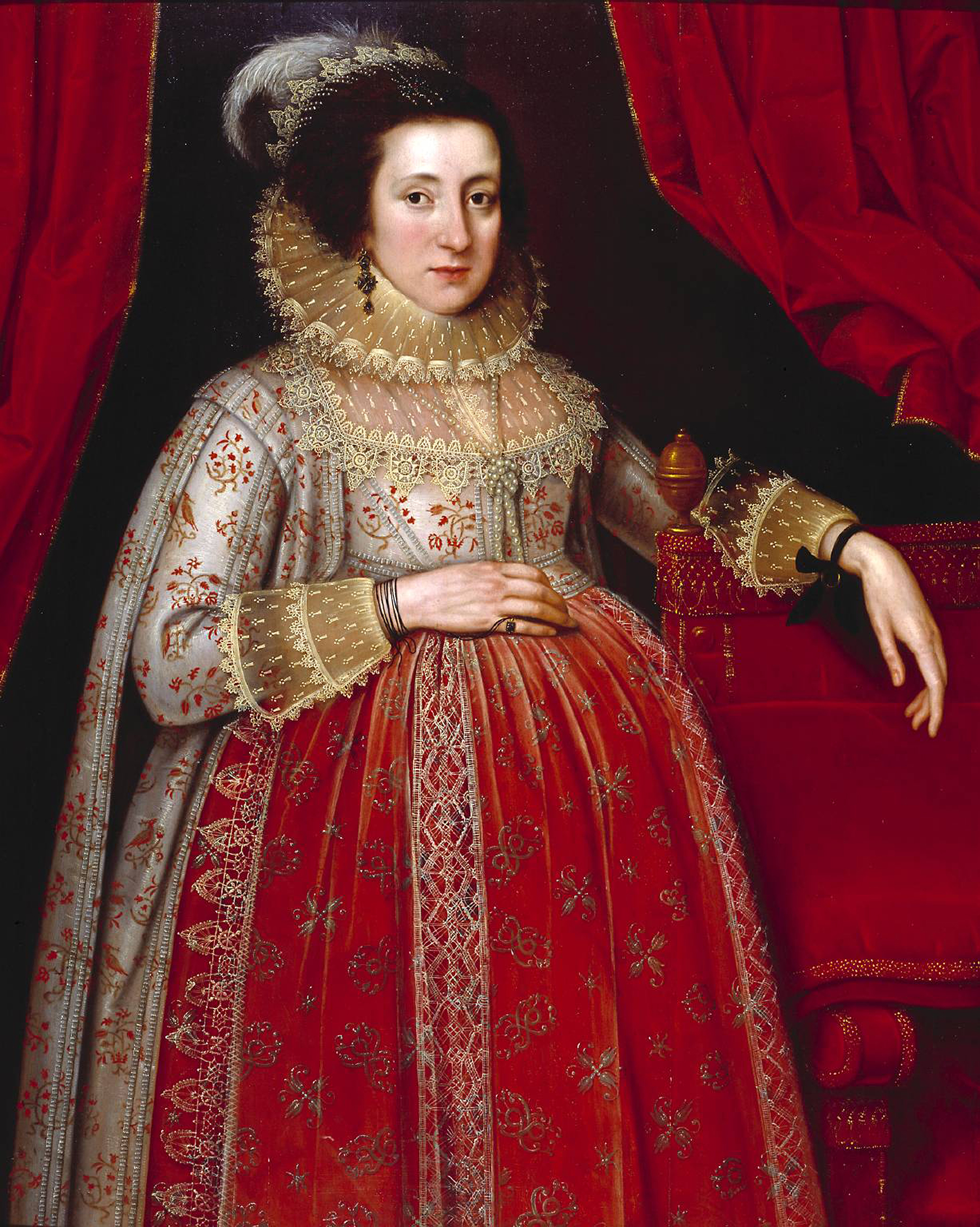
Portrait of a Woman in Red, by Marcus Gheeraerts II, 1620. Photograph © Tate (CC-BY-NC-ND 3.0).
• A forgotten novel of rural noir. (CrimeReads)
• “After the Civil War, there was a pretty big turnaround in terms of incarceration. For example, in Louisiana, in 1860, two-thirds of all the Louisiana State Penitentiary prisoners were white. Eight years later, two-thirds of their inmates were black. That flip only took eight years and it was replicated in other states.” (The Crime Report)
• The end of stubborn literary executors. (The Outline)
• “The Little-Known History of Palestine’s First Rock Band.” (Vice)
• “The past is joy, but it also consists of struggle, confusion, moments that evade easy emotional categorization. Places like MOCA stand a bit outside of the rhythms and currents of our present, in order to point at unfollowed paths of possibility.” (NewYorker.com)
• The evolution of the nude. (The Guardian)
• And the evolution of pregnancy portraits. (Smithsonian.com)
• On Jane James, “an African American woman who converted to Mormonism in the early 1840s and lived most of her life in Salt Lake City.” (Black Perspectives)
• “The Revolution was a triumph and a tragedy precisely because it was an emancipation and a betrayal of its egalitarian potential. Denying the radicalism or the reaction against it is to deny that the American Revolution actually was a revolution.” (Boston Review)
• On Tattooing Among Civilized People. (Circulating Now)
• “Of the more than 95,000 entries on the National Register of Historic Places—the list of sites deemed worthy of preservation by the federal government—only 2 percent focus on the experiences of black Americans.” (The New Yorker)
• On the myth that is the vibrator creation story. (New York Times)
• This week in obituaries: Kobe Bryant, Gigi Bryant, Jason Polan, Lina Ben Mhenni, Frieda Caplan, Harriet Frank Jr., Bill Ray, and Michou.